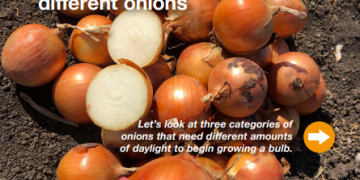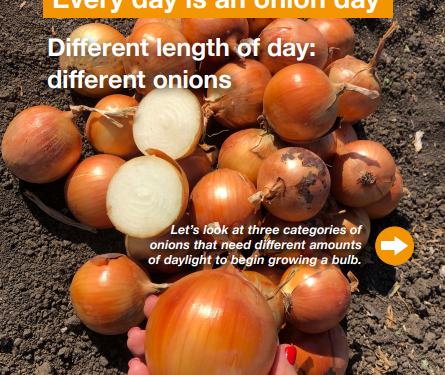Unlocking the Potential of Onions: A Guide to Daylength and Variety Selection
Onions, revered for their versatility and universal appeal, stand as a cornerstone in culinary creations worldwide. With nearly 50 varieties available, growers have a plethora of options to cultivate profitable crops across diverse geographic and climatic conditions. As communicated by BASF | Nunhems, understanding the relationship between daylength and onion varieties is key to optimizing growth and maximizing yields.
Short Day Onions: These onions thrive in regions receiving 10 to 12 hours of daylight, typically found below the 36th parallel or latitude 36°N in the southern hemisphere. Maturing in approximately 145-180 days, they offer growers in these areas a reliable option for cultivating robust crops.
Intermediate Day Onions: Adaptable to daylight durations ranging from 12 to 14 hours, intermediate day onions cater to regions between latitudes 35° to 42°N. With a maturity period of around 100 days, these onions are well-suited for planting in both fall and early spring, depending on the climate. Ideal for areas experiencing minimum temperatures between -28.8°C to -17.8°C (-20°F to -10°F), they offer versatility and resilience to fluctuating conditions.
Long Day Onions: Requiring a minimum of 14 hours of daylight, long day onions flourish north of the 36th parallel or latitude 36°N. With a maturity period ranging from 105 to 135 days, these onions boast an extended shelf life when stored properly, making them a preferred choice for growers in northern regions.
By aligning onion variety selection with the appropriate daylength requirements, growers can optimize crop performance and ensure a successful harvest. Whether cultivating in southern, intermediate, or northern regions, understanding the nuances of daylength and variety characteristics is essential for achieving maximum productivity and profitability.































